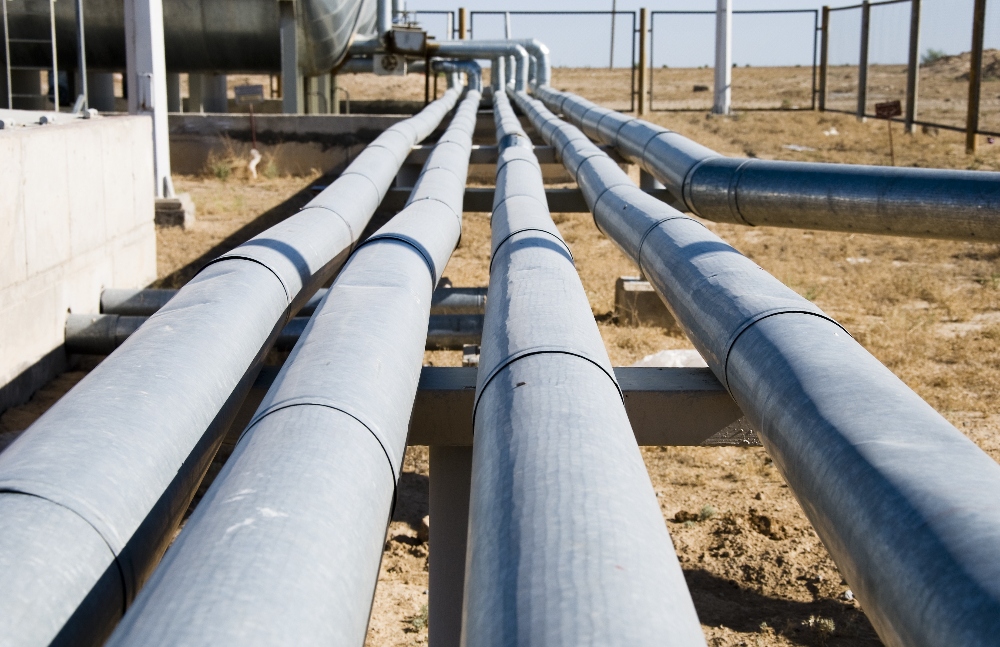
US natural gas futures plunge 5% as storage surge pushes prices toward $2.00/MMBtu
- Natural gas futures market in the U.S. plummets by over 5%.
- Utility firms exceed storage expectations with 35 billion cubic feet.
- - Storage levels climb 12.6% above five-year average, indicating surplus.
The US natural gas futures market has experienced a significant decline of over 5%, pushing prices closer to the $2.00 per million British thermal units (MMBtu) benchmark.
This sharp drop follows a recent report from the Energy Information Administration (EIA) revealing a substantial increase in natural gas storage, far surpassing market expectations and driving futures prices downward.
For the week ending August 16, US utility companies injected an impressive 35 billion cubic feet of natural gas into storage facilities, exceeding the market’s forecast of a 27 billion cubic foot rise.
This larger-than-expected accumulation indicates a significant increase in natural gas reserves, putting downward pressure on futures prices.
Natural gas futures are based on delivery at Henry Hub in Louisiana, a crucial hub where 16 intrastate and interstate pipelines converge.
This location plays a pivotal role in distributing resources from the region’s vast gas deposits.
Natural gas is traded in increments of 10,000 MMBtu and constitutes roughly 25% of total US energy consumption.
The United States, along with Russia, stands as one of the world’s leading natural gas producers.
Surge in storage levels signals market oversupply
Copy link to sectionThe latest EIA report reveals that current natural gas storage levels are now 12.6% above the five-year average, reflecting a persistent surplus of supplies.
This surplus has accumulated due to various market factors and production trends, leading to an overflow of natural gas reserves nationwide.
In response to the surplus, leading natural gas producers like EQT and Coterra Energy have initiated measures to balance the market.
These actions include reducing production levels and delaying new projects to better align supply with demand.
Such strategic adjustments are aimed at mitigating the effects of the current glut and stabilizing prices.
Will the ongoing surplus influence consumer prices?
Copy link to sectionLooking forward, industry analysts predict that the ongoing surplus will influence consumer prices over the upcoming winter season.
With producers actively managing inventory and addressing the surplus, natural gas prices are expected to decline in the near term.
This price drop could benefit consumers, providing some relief from higher energy costs.
Recent developments in the US natural gas market, including the notable decline in futures prices and the rise in storage levels, underscore the sector’s current challenges and opportunities.
As producers adapt their strategies and analysts forecast lower consumer costs, the natural gas market is set for ongoing transformation to restore balance between supply and demand.
More industry news







